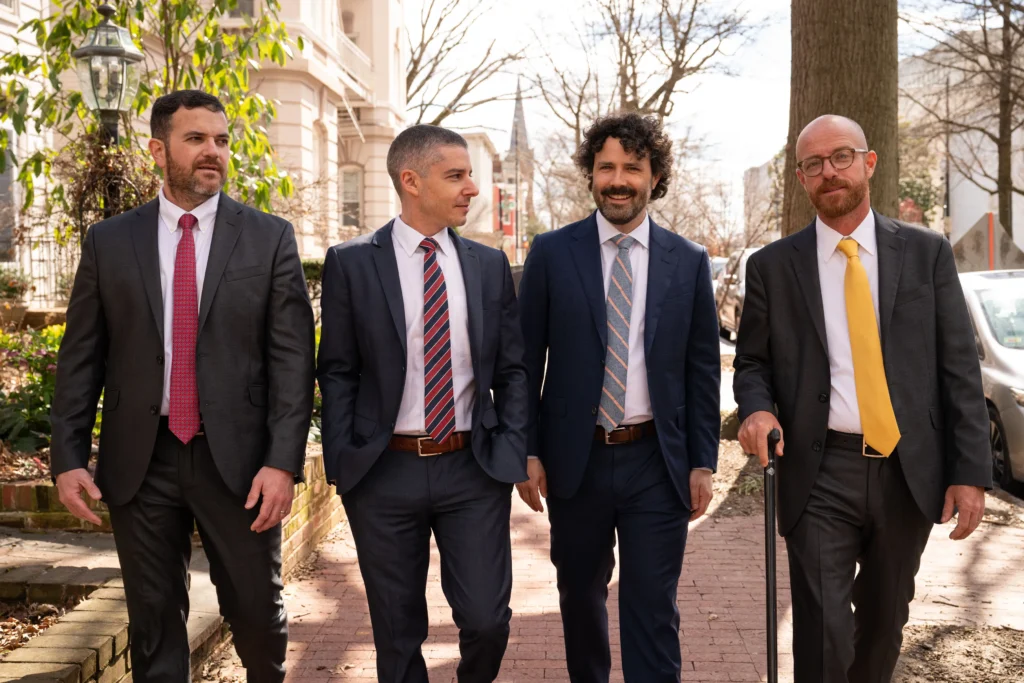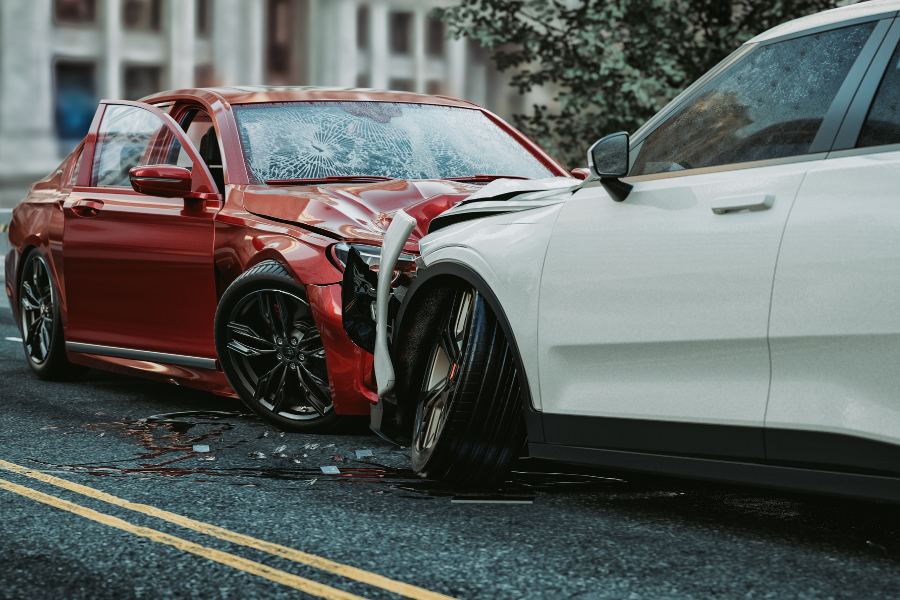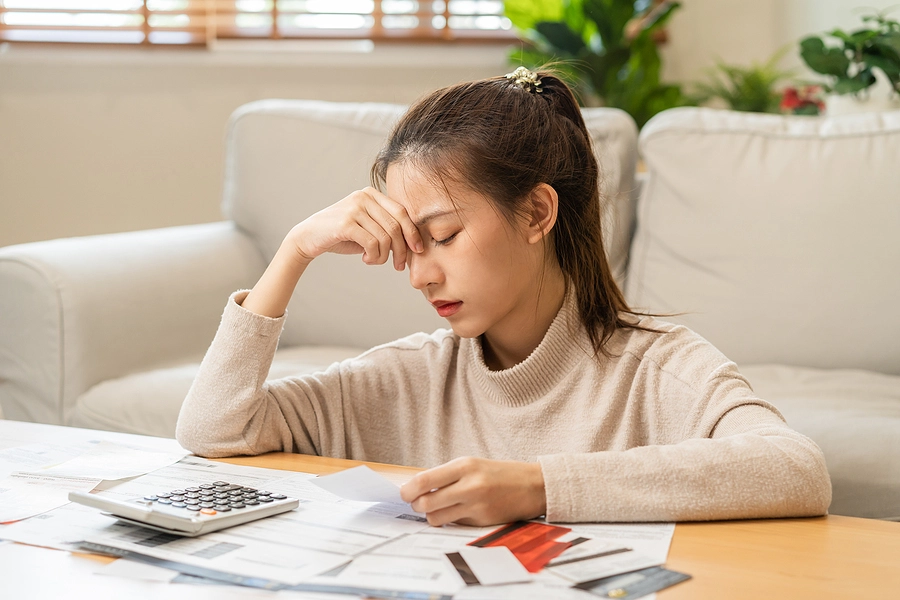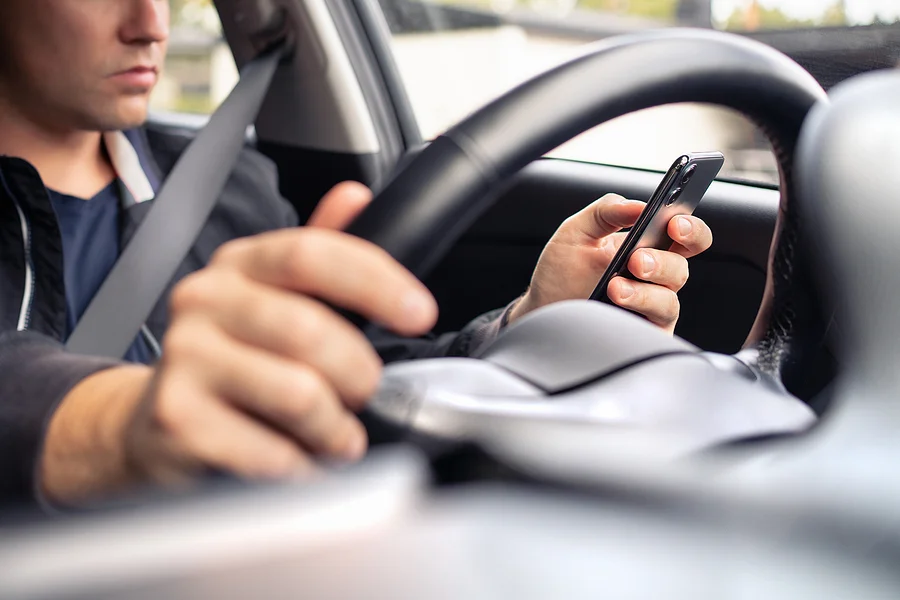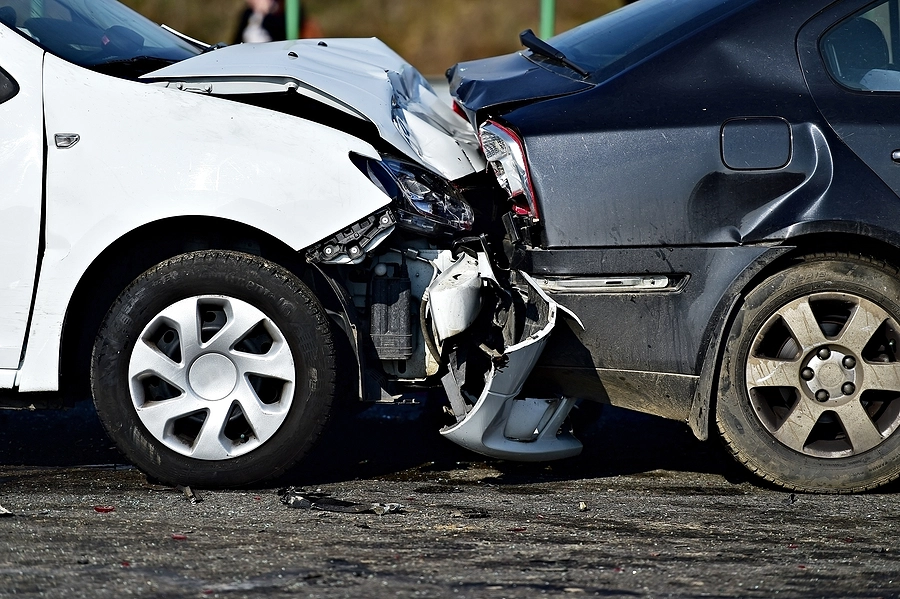Living through a car accident is stressful enough. Dealing with painful injuries and unexpected bills is frustrating, and when it comes to multi-car pile-ups, the confusion can multiply quickly.
One of the most significant challenges you’ll face is navigating the complexities of insurance. With multiple insurance providers all looking out for their bottom line, it can seem like nobody is on your side.
You don’t have to go through this alone. The team of experienced car accident attorneys at Werner, Hoffman, Garcia & Greig are ready to negotiate with insurance companies, defend your rights, and secure the compensation you need to move on with your life.
Get in touch with the team at WHG at (800) 320-HELP or contact us online.
The Basics of Multi-Car Accident Insurance
The foundation of insurance handling in multi-car accidents lies in your state’s fault determination system. There are two main categories:
- At-Fault: In these states, the insurance company of the driver deemed responsible for the auto accident covers the damages of others involved. This system relies heavily on evidence to pinpoint fault.
- No-Fault: Here, your own insurance (often known as Personal Injury Protection or PIP coverage) typically covers your initial medical expenses, regardless of who caused the car accident. However, there might be limitations on coverage amounts. You might be able to sue the at-fault party for damages exceeding those limits. This is the type of car insurance coverage Florida requires.
- Some states use a combination system with elements of both no-fault and at-fault liability.
Several car insurance coverage types play a role in multi-car accidents:
- Bodily Injury Liability: This covers medical expenses for those injured in an auto accident you cause up to your policy limit.
- Property Damage Liability: This covers repairs to other vehicles damaged in a car accident you cause.
- Collision Coverage: This covers repairs to your own car, regardless of fault, up to your policy limit.
- Comprehensive Coverage: This covers damage to your car from non-collision events (theft, vandalism, etc.).
- Uninsured/Underinsured Motorist Coverage: This protects you if the at-fault driver has no insurance or inadequate coverage to cover your damages.
In a multi-car accident, things get very confusing. It can be helpful to work with an experienced car accident attorney who can help you untangle who owes what. They will also have the skills to help you pursue a personal injury lawsuit against the at-fault parties if insurance doesn’t cover all of your damages.
Determining Fault in a Collision Involving Multiple Drivers
Investigators will use evidence to establish negligence to determine who is at fault in an auto accident. Negligence is a key concept in personal injury law. It refers to a driver’s actions or inactions that fall below the standard of care expected of a reasonable driver and contribute to causing an accident. Examples include speeding, distracted driving, or failing to yield the right of way.
Elements of Negligence
In car accident claims, establishing negligence is central to securing compensation. Both you and your attorney must prove several key elements to demonstrate liability and recover damages.
Duty of Care Between Drivers is Crucial
The first element involves demonstrating that the defendant driver owed a duty of care to you and other road users. Every driver on the road is legally obligated to operate their vehicle safely and adhere to traffic laws to ensure the safety of others.
This responsibility forms the foundation of any car accident claim, as it must be shown that the defendant had a legal obligation toward the plaintiff at the time of the accident.
Breach of Duty Refers to the Negligent Driver’s Actions
Once duty is established, you are then required to prove that this duty was breached. A breach occurs when a driver fails to exercise reasonable care, such as by running a red light, speeding, or driving under the influence.
This element focuses on the actions, or lack thereof, that deviated from what a reasonable person would do under similar circumstances, leading to the accident.
Causation Connects the Multi-Car Accident to Your Injuries
Causation is the critical link between the breach of duty and the injuries and losses sustained. It must be shown that the defendant’s actions directly caused the accident and the resulting harm. This often involves demonstrating that, but for the defendant’s negligence, the accident and injuries would not have occurred.
Causation can also be complex, sometimes requiring expert testimony to establish the connection between the breach and the injury.
Damages Resulting from Your Car Accident Injuries Can be Costly
The final element requires demonstrating that you suffered actual damages due to the accident. This can include lost wages, medical expenses, property damage, and non-economic losses such as pain and suffering.
Providing thorough documentation and evidence of these damages is essential for substantiating the claim and quantifying the compensation sought. Through clear and compelling evidence of these elements, a car accident claim can effectively establish the negligence of the responsible party.
Evidence Used to Establish Fault in Car Accidents
Gathering strong evidence is crucial in a multi-car accident, where assigning fault can be complex. Some of the strongest forms of evidence used in car accident investigations include:
- Police reports: Police reports are vital documents that record the accident scene details, witness statements, and contributing factors as determined by the responding officer.
- Photos: Take pictures of the damage to all vehicles involved, including skid marks, surrounding traffic signals, and any visible injuries (with permission).
- Dashcam footage: If you have a dashcam, the footage can provide invaluable visual evidence of the car accident sequence.
- Witness statements: Obtain statements from anyone who witnessed the accident. Their account of events can be crucial, especially in situations with conflicting narratives.
- Medical records: Medical records document the injuries you sustained in the accident and link them to the auto accident itself.
- Expert testimony: In complex accidents with multiple vehicles, accident reconstruction experts can analyze the evidence and provide a professional opinion on the cause of the car accident. This can be particularly helpful when the cause isn’t readily apparent.
What to Do After a Multi-Car Accident
The immediate aftermath of a multi-car accident can be crucial for both your health and your rights. The decisions you make can have a big impact on any claims for compensation you may file later on.
Here’s a quick checklist of what to do after a car accident to help guide you:
- Secure the scene: Turn on hazard lights, and if possible, move vehicles out of traffic to avoid further accidents.
- Check for injuries: Ensure your safety and the safety of those involved. Call emergency services if needed.
- Contact emergency services: Report the accident to the police and request a police report. This document is crucial for establishing details of the accident.
- Exchange information: Collect contact information (name, insurance company, policy number) from all drivers involved, as well as any witnesses who may have seen the accident.
- Gather evidence: Take pictures of the scene of the car accident, all vehicles involved, and any injuries.
Compensation for Car Accident Victims
After a multi-car accident, depending on the severity and fault determination, you might be entitled to compensation for various auto accident damages, including:
- Medical expenses: This covers all medical bills associated with your injuries, including ambulance rides, emergency room visits, doctor appointments, medications, physical therapy, and future medical needs.
- Lost wages: If your injuries prevent you from working, you may be entitled to compensation for lost wages during your recovery period.
- Property damage: This covers repairs to your vehicle or replacement if it’s totaled.
- Pain and suffering: This category compensates you for the physical and emotional pain you’ve endured due to the accident.
Every case is different, and the specific damages you’re owed can vary. A personal injury lawyer can assess your claim and give you a clearer sense of the compensation you may be able to pursue. They can also assist with maximizing compensation after your car accident.
How Long Do I Have to File a Multi-Car Accident Claim?
Understanding the time frame for filing a multi-car accident claim is crucial, as it hinges on the statute of limitations, which sets a deadline for initiating legal proceedings. The statute of limitations varies by state and dictates the period within which a victim must file a lawsuit following an accident.
For multi-car accidents, this legal time limit ensures that claims are made while evidence is still fresh and witnesses’ memories are reliable. If you fail to file within this period, you may forfeit your right to pursue compensation through the legal system. This is a common mistake in car accident claims.
Avoid Car Accident Claim Denials by Observing Insurance Company Deadlines
Beyond the legal deadlines, each insurance company has its own set of policy timelines that must be adhered to. These timelines dictate how soon after the accident you should notify the insurer and submit your claim to remain eligible for compensation. Failing to meet these internal deadlines can result in the denial of your claim, making it imperative to act promptly.
Staying informed about both legal and policy-specific deadlines ensures that your claim process remains smooth and your rights are protected. Consulting with a knowledgeable car accident attorney at Werner, Hoffman, Greig & Garcia can also help navigate these timelines effectively. We’ll take all necessary steps to secure the compensation you deserve.
The Value of a Florida Car Accident Lawyer in a Personal Injury Claim
Navigating a multi-car accident claim can be overwhelming, especially when dealing with multiple insurance companies and the complexities of fault determination. Here’s how a car accident lawyer can help you defend yourself:
- Investigate the accident: Your car accident lawyer will conduct a thorough investigation. They will work on gathering evidence, reviewing police reports, and interviewing witnesses to build a strong case on your behalf.
- Gather evidence: They will know what evidence is crucial and how to obtain it effectively, maximizing your chances of a successful claim.
- Deal with insurance companies: Insurance companies often try to settle claims for less than you deserve. An experienced auto accident lawyer will handle all communication with them, ensuring your rights are protected, and a fair settlement is negotiated.
- Negotiate a fair settlement: Your personal injury lawyer will negotiate aggressively with insurance companies to ensure you receive the maximum compensation you’re entitled to.
- Represent you in court: If a fair settlement cannot be reached through negotiation, your lawyer will represent you if your car accident claim goes to court, fighting for the compensation you deserve.
Take Advantage of Our Negotiating Skills to Recover Compensation for Your Multi-Car Accident Claim
The personal injury lawyers at Werner, Hoffman, Greig & Garcia have extensive experience with car accident claims. Our team is equipped to untangle the complications of a multi-car accident.
We will defend your rights and secure the compensation you need to rebuild after a devastating auto accident. To schedule a free consultation, you can contact us online or call us at (800) 320-HELP. Our team is happy to assist you with any questions you have regarding how insurance works in a multi-car accident.
Frequently Asked Questions
I was in a multi-car accident, but I’m not sure who’s at fault. What should I do?
Don’t admit fault at the scene. The cause of a multi-car accident can be complex. Focus on gathering evidence (photos, witness statements) and contact your insurance company to report the accident.
An auto accident attorney can help investigate and determine fault. Additionally, in complicated cases, car accident expert witnesses can provide clarity on fault.
What if the at-fault driver doesn’t have insurance?
If you have uninsured motorist coverage, personal injury protection, or property damage liability coverage, your insurance company should help cover your damages. A car accident attorney can advise you on other options for recovering compensation from the at-fault drivers or other liable parties.
What is Florida’s deadline for filing a multi-car accident claim?
The statute of limitations on filing a car accident claim varies from state to state. In Florida, for instance, you have two years from the date of the car accident to file.
However, it’s important to act quickly. Contact a personal injury lawyer as soon as possible after the accident to keep evidence fresh. This also helps ensure you don’t miss the deadline for filing an auto accident claim.

